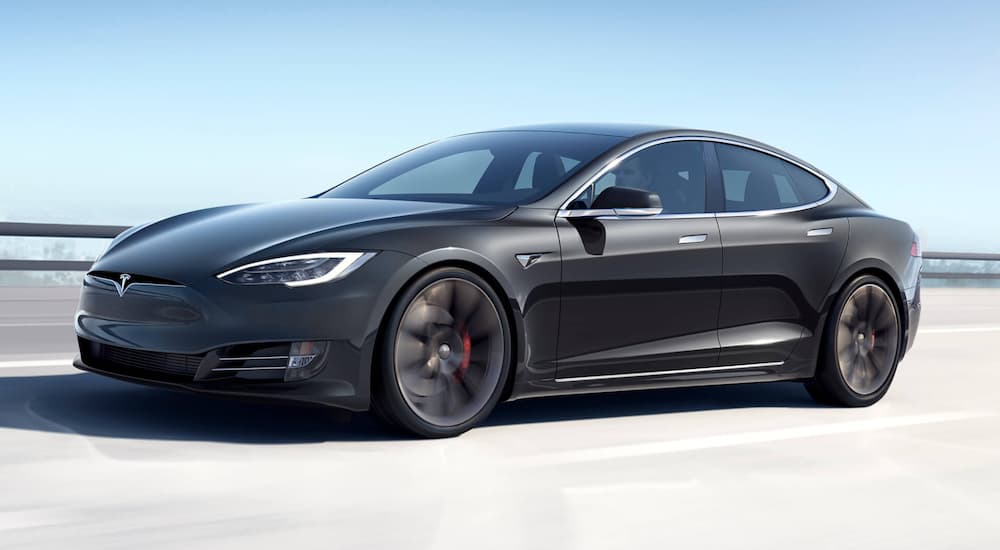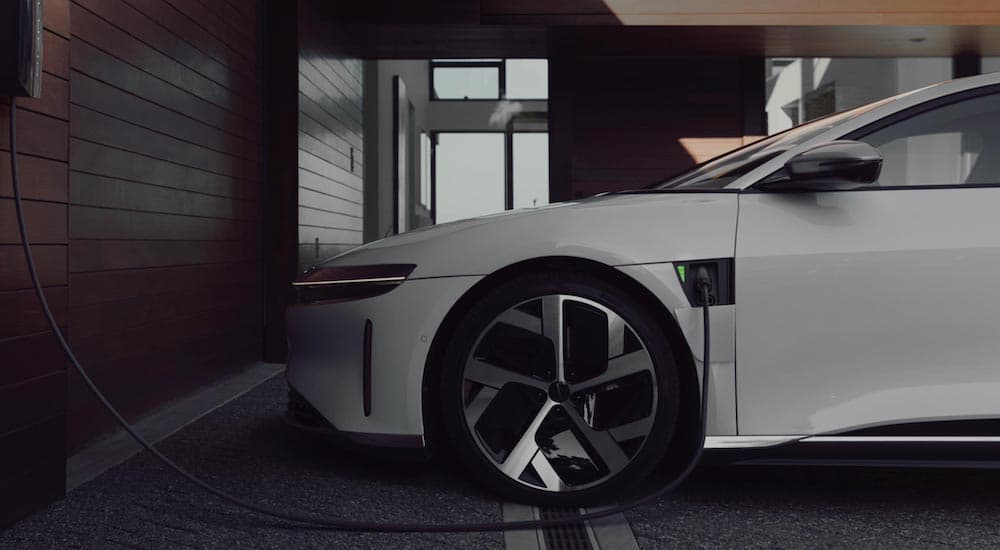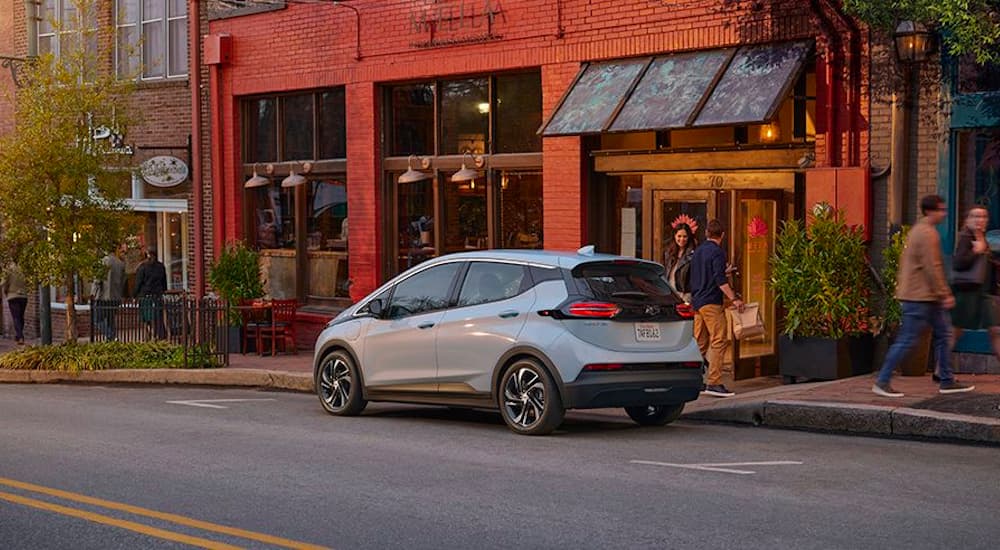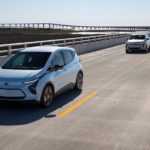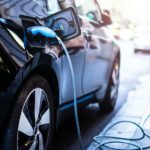At this point, there’s no denying that many of the major auto manufacturers believe that electric vehicles are the future of the industry. It seems like you can barely go a week without seeing Tesla in the headlines (for better or worse), and other brands are making serious commitments to an EV future. GM, for example, has set several goals for itself, including having at least 30 EV models available across its brands by 2025 and having a completely electric lineup by 2035. No matter how you look at it, an EV future seems to be the plan for most of the big manufacturers in the next couple of decades.
That’s all well and good, but there are still some hurdles that need to be overcome for this future to be fully realized. Some of this comes down to infrastructure, some of it depends on the manufacturers themselves, and some of it will rely on public perception and the market. The good news is that a lot of this is already being tackled or has effectively been solved, but other bumps in the road are still being ironed out. Let’s take a look at some of the bigger hurdles that need to be overcome for the auto industry to really embrace everything EVs have to offer.
The Money Factor
One of the biggest obstacles that the auto industry has faced when it comes to going electric is the idea that EVs are expensive. This isn’t entirely unfounded, of course, because for many years, EV models have been pretty pricey. It doesn’t help that you could argue the most well-known electric brand is Tesla, which is aimed squarely at luxury brands like BMW, Audi, and Mercedes when it comes to pricing and performance.
Fortunately, this is one of those bumps in the road that’s already being resolved and gets a little better with each passing year. For one thing, EV tech is getting less expensive to make, so EV models are naturally becoming more affordable over time. In addition to this, manufacturers like Chevy and Nissan realize that EVs need to be accessible to everyone, and they’re developing models specifically for every range of car-buyer. Within the next decade, this will likely be a non-issue, and EVs may even become cheaper than many internal-combustion models.
Battery Range
The other major concern for a lot of drivers is the battery range of EVs – in particular, worries that they don’t offer enough range. Again, this is a fair concern because, in the past, the range on EVs has been pretty limited and could make any kind of prolonged use problematic. Combine that with limited charging station options (more below), and you have a real problem.
Much like cost, however, this is a problem that is resolving itself as the technology gets better and manufacturers make superior batteries. At this point, most EVs can go 200 miles or more on a full charge, and high-end models can now get over 400 miles of range. The upcoming Lucid Air even promises over 500 miles of range! With each passing year, the tech just keeps getting better, and ranges are extended.
Battery Charging
The other side of that “battery range” coin is recharging the battery in an EV. This isn’t exactly a unique issue – every car needs fuel – but people know what to expect with an internal combustion engine that needs gas. We have a massive network of hundreds of thousands of gas stations across the US; while gas prices might fluctuate, the need for gas is a known factor that we’re familiar with. Tell someone they need to worry about charging their EV’s battery, and they’ll start wondering just how practical that really is.
Fortunately, this is also an issue that’s working itself out – for the most part – thanks to improvements in technology. Since EVs are getting a longer range from a full charge, the need to charge them often is diminishing, and a quick charge becomes a lot more feasible. With the advent of DC Fast Charging technology, charging an EV at a public station, even when the battery is almost drained, only takes about an hour. If you plan your route (and many EVs will do this automatically for you), most charging stops should take no more than 30 minutes.
But even though this is getting better, it’s still a major issue that needs to be fully sorted out before the widespread proliferation of EVs can take place. Right now, it’s a lot easier to own and drive an EV model in an area like California than it is somewhere like North Dakota or Wyoming due to how charging stations have been set up so far. On top of that, someone with a house and garage can much more easily charge their vehicle overnight than someone renting an apartment and parking out on the street.
Last year, there were about 115,000 gas stations in the US and just 26,000 EV charging stations – and fewer than 4,000 of those charging stations offered DC Fast Charging. The numbers are growing, of course, but you can see that’s a massive difference and really demonstrates how much expansion needs to happen for EVs to really dominate the road. Combine that with the fact that charging an EV takes significantly longer than filling up your gas tank, and it’s clear why this is an issue that will remain a problem for many years to come.
Battery Replacements and Recycling
A lot of potential EV drivers are also worried about the need to eventually replace the battery system in their vehicle to keep enjoying it. While this is definitely an issue, it’s worth pointing out that pretty much every manufacturer offers at least a 100,000-mile warranty on their battery. And while most current EV models are only a few years old, there are plenty of drivers that have managed to rack up 200,000 miles or more without any battery problems. So the odds are that your battery will probably last just as long (if not longer) than the mechanical components of an internal combustion car.
Perhaps more important than that is that once batteries no longer function, they need to be safely recycled or disposed of. The problem here is that EV batteries have, so far, not been designed with recycling in mind – so the process of doing so is difficult and expensive. This could be less of an issue in the future if manufacturers start designing their batteries for easier recycling and safe disposal, but there’s still going to be a short-term problem here.
Dealership Woes
One hurdle that you don’t necessarily hear about very much is that a lot of dealerships have been slow or hesitant to push EVs as aggressively as they do conventional vehicles. There are a number of reasons for this, including issues with product knowledge and available inventory, most of which should be sorted out naturally over time. Most customers are going to be interested in what a salesperson can talk up and provide a lot of information about, so if EVs are going to be the future, then dealerships need to learn to promote them effectively.
Safety Issues
By and large, EVs are among the safest vehicles on the road – they’re typically given the most advanced safety technology a manufacturer has to offer, and they provide a responsive driving experience that keeps the driver in control. That being said, there are some concerns about potential safety issues with the battery packs in these vehicles – particularly the idea that they can burst into flames or even explode. Chevy Bolt EV, I’m looking at you.
The good news is that statistically speaking, internal combustion vehicles are far, far more likely to catch on fire than EV models. Mistakes can always happen, and manufacturing flaws can exist that make fires more likely – that’s the case with the Bolt EV – but the reality is that EVs are much safer and less likely to turn into a bonfire than a classic vehicle. Much like many of the other obstacles we’ve looked at, this will keep getting better as tech improves.
Don’t Make Mountains Out of Molehills
While EVs still have plenty of issues that need to be addressed before they can really begin to steal market share from internal combustion vehicles, the truth is that solutions are already in sight for the remaining obstacles. The big ones – safety and range – are already at the point where not much more development is needed, and building more chargers and better-educating customers are relatively simple in the grand scheme of things. If manufacturers can get costs down, then there is little standing in the way of an EV future.
